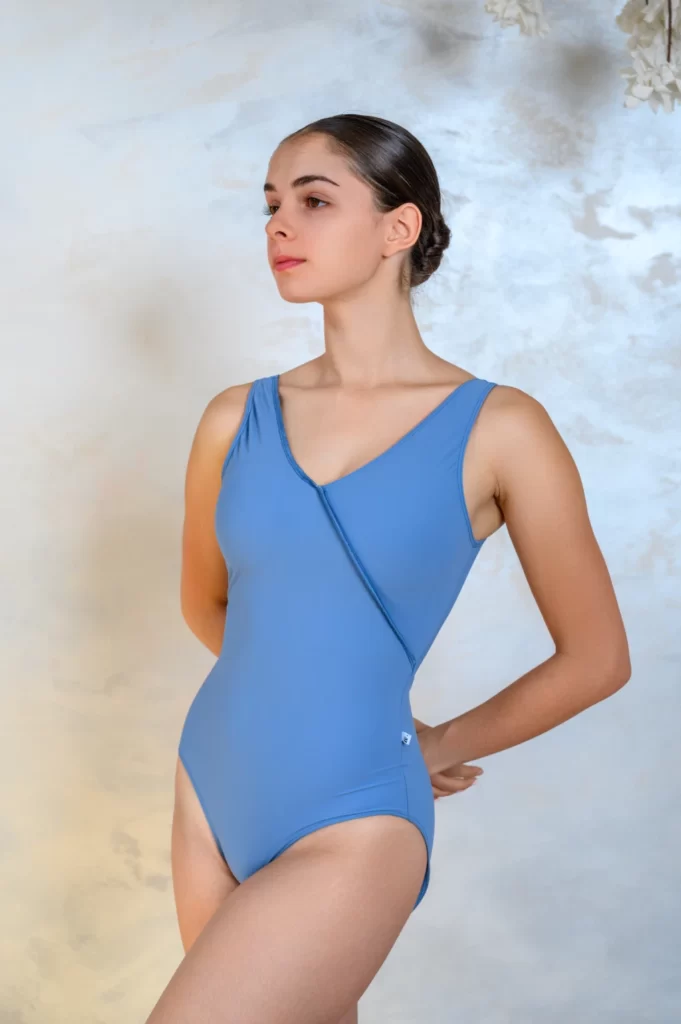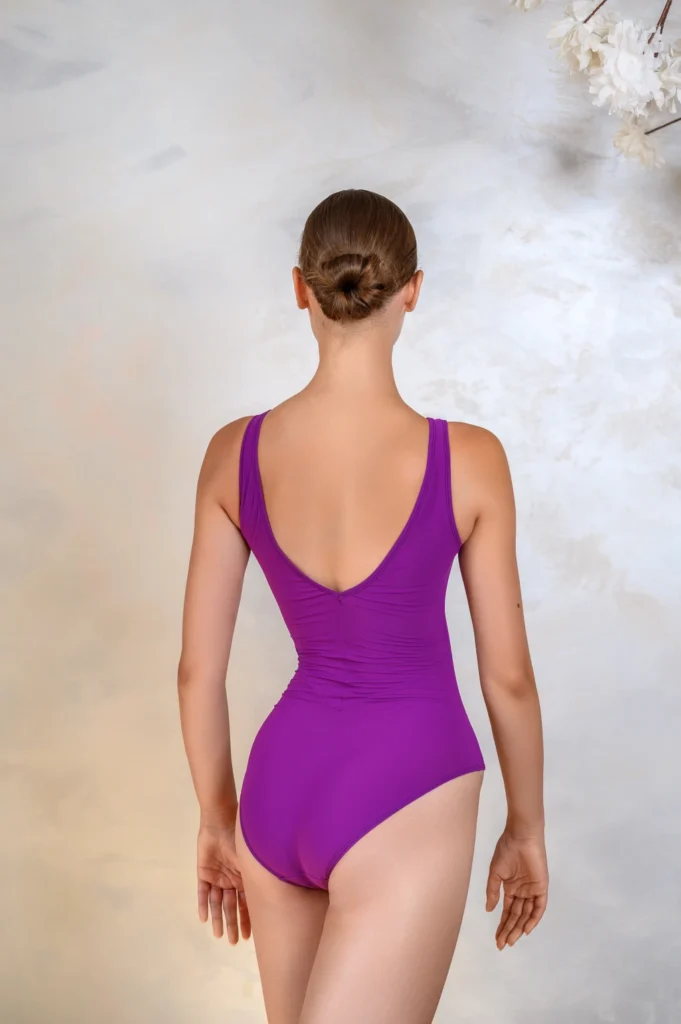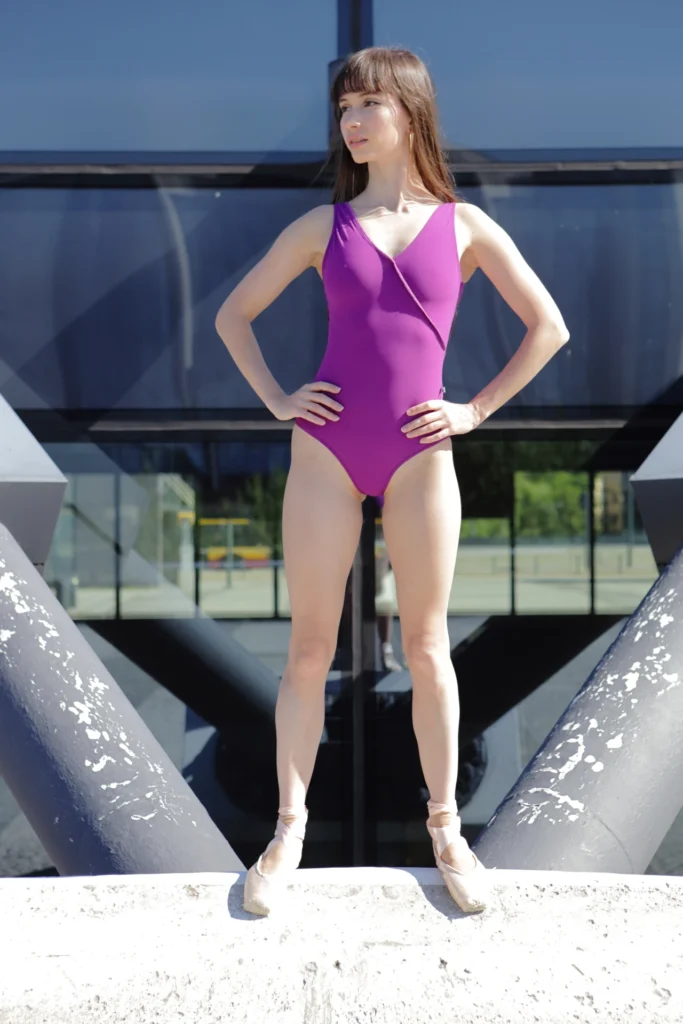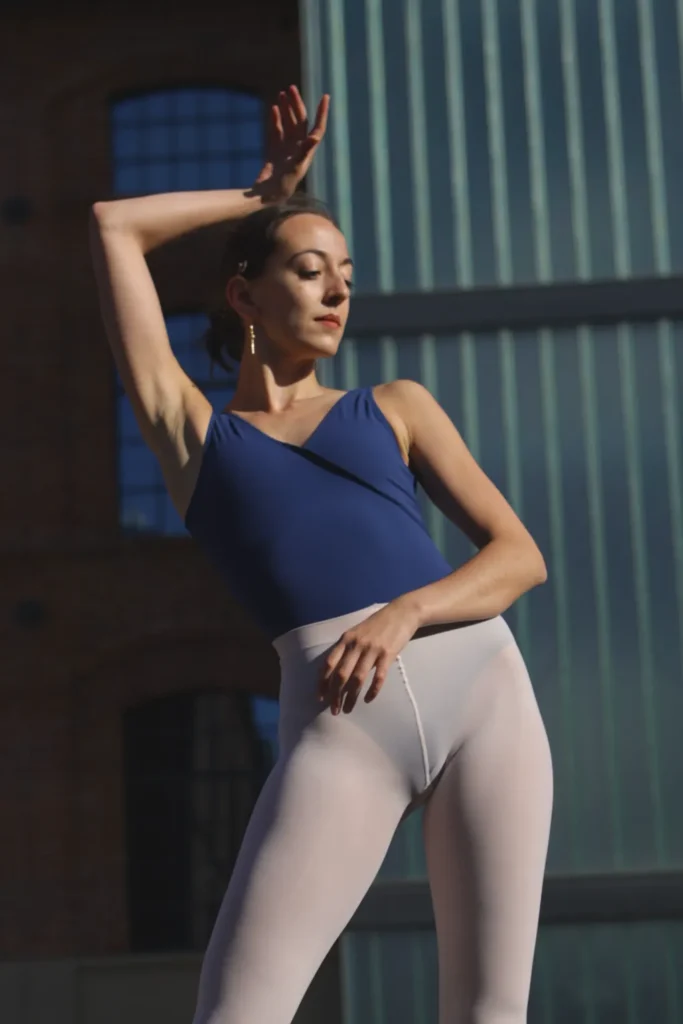Ballet Terminology: Cutting Through the Confusion
Key Takeaways:
• Ballet terminology builds on two foundations: placement and turnout
• Proper understanding prevents injury and accelerates progress
• Technical ballet terms serve a purpose – they’re not just tradition
• Real ballet training requires understanding, not just memorizing terms
Basic Ballet Terminology: What Every Dancer Needs to Know
Why Ballet Terminology Matters More Than You Think
Let’s address something that’s creating confusion in the dance world: the real meaning behind classical ballet terminology. While social media floods us with ballet terms and “expert explanations,” much of this information is incomplete, misleading, sometimes even harmful.
Let’s clear up this confusion and show you why proper understanding of ballet terms is crucial for your technique.
The Foundation: Why Ballet Dictionary Is So Unique
Ballet terminology isn’t just a collection of French words meant to make dancing sound posh. These terms are precise instructions that tell you exactly how to execute movements in a way that protects your body and builds proper technique.
Think about it: in your ballet class, when your teacher says “plié” (or “plie”) they’re not just asking you to bend your knees. They’re instructing you to engage your core, maintain your turnout from the hips, and create the foundation for virtually every ballet movement. (If you’re unsure about proper plié / plie technique, our free “7 Quick Ballet Posture Fixes” checklist includes specific guidance on this fundamental movement)
Two Terms That Change Everything: Placement and Turnout
Before we dive into specific ballet terms, let’s understand the two concepts that form the foundation of all ballet technique:
Placement: This isn’t just about standing up straight or pulling in your stomach. True placement is about creating a working relationship between all your muscles so they support each other correctly. When you achieve proper placement, your movements become stronger, more stable, and significantly safer (this is why we designed our Art Cassé ballet technique leotards with specific construction to help you feel and maintain correct placement throughout class)
Turnout: Here’s something that might surprise you – turnout isn’t about how far you can rotate your feet. Real turnout starts in your hips and involves your entire leg working as one unit. When understood and executed correctly, turnout actually protects your joints and makes ballet movements more anatomically sound, not more dangerous as some online sources suggest.
Avoiding Common Terminology Mistakes
Just like with our pliés technique discussion in another post, understanding ballet terms correctly can make the difference between progress and frustration. Here are the most critical misunderstandings we see:
“It’s Just French Words”
Ballet terminology isn’t about speaking French – it’s about precise instructions for movement. Each term tells you exactly what muscles to engage and how to move safely. When a teacher says “tendu,” they’re not just saying “stretch” – they’re asking for a specific action that engages your entire leg from hip to toe, in a very specific order.
“I Can Learn Terms (and Technique) from Social Media”
While social media can be inspirational, it’s often misleading when it comes to technical terms. Beautiful photos and videos might show the end result (or to be precise – the image of it), but they rarely explain the proper technique behind the movement. This is particularly dangerous when it comes to complex movements like pirouettes or jumps.
“Terminology Doesn’t Matter If I Can Do the Step”
This is perhaps the most dangerous misconception. Without understanding the proper terminology and the technique it describes, you might be forcing your body into positions that look correct but are actually harmful.
Building Your Ballet Knowledge
Understanding ballet terminology correctly involves three key elements:
1. Start with the Basics
– Master fundamental terms like plié, tendu, and relevé
– Understand how each term relates to proper placement
– Learn the anatomical purpose behind each movement
2. Focus on Function, Not Just Form
– Each ballet term describes not just a position, but an action
– Terms tell you which muscles should be working
– Proper terminology guides you toward safer movement
3. Connect Terms to Technique
– Every term builds on basic placement and turnout
– Terms work together in combinations for a reason
– Understanding terminology helps you learn combinations faster
The Role of Proper Teaching
Just as we explained in our post about ballet barre work, proper instruction is crucial. A qualified teacher doesn’t just tell you the terms – they help you understand:
- How each movement should feel when done correctly
- What is the purpose of each movement
- Which muscles should be engaged
- How terms relate to one another in combinations
- Why certain terms always appear in a specific order
This isn’t about memorizing a dance dictionary – it’s about building a foundation for safe, strong technique that will serve you throughout your ballet career.
In Conclusion
Understanding ballet terminology goes far beyond memorizing French words. It’s about building a technical foundation that will keep you safe, help you progress, and allow you to truly express yourself through dance. When you understand the true meaning behind ballet terms, every class becomes an opportunity to build proper technique, not just copy movements.
Remember: real progress in ballet comes from understanding, not just imitating. Take time to learn the proper terminology – and the technique behind it (!), and you’ll find yourself making faster progress with less risk of injury.
Ballet Terms Explained
This glossary will be regularly updated with terms covered in our blog posts. Terms are categorized for easier reference:
Basic Movements and Positions
Plié / Plie – A conscious, controlled bending of the knees while maintaining turnout from the hips and legs fully engaged. Not just a stretch or warm-up, but a strengthening exercise that builds the foundation for jumps and control.
Tendu – Lenghtening the working leg to point the foot fully, while maintaining intense contact with the floor for as long as possible. Essential for developing proper foot articulation and leg strength.
Relevé – Rising onto the balls of the feet or demi-pointe. Requires core engagement, engaged turnout and proper weight placement, not just ankle strength.
Port de bras – Conscious movement of the arms. Should originate from the back muscles, not the shoulders.
Equipment and Class Elements
Barre – More than just a support rail – it’s a fundamental training tool for building proper muscle memory and technique foundations. Essential tool for the dancers of all levels, without which you can’t properly prepare your body for the class.
Technical Concepts
Turnout – External rotation of the legs originating from the hip joints. Not about forcing feet or knees outward.
Placement – The correct alignment of the entire body that enables proper technique. Involves core engagement and muscle coordination.
Pilates – NOT a ballet workout. Pilates is a system of exercises focused on strengthening the core, improving flexibility and body awareness through controlled movements and breathing. Often used as ballet supplementary exercise, has in fact very little to do with proper ballet technique and true turnout

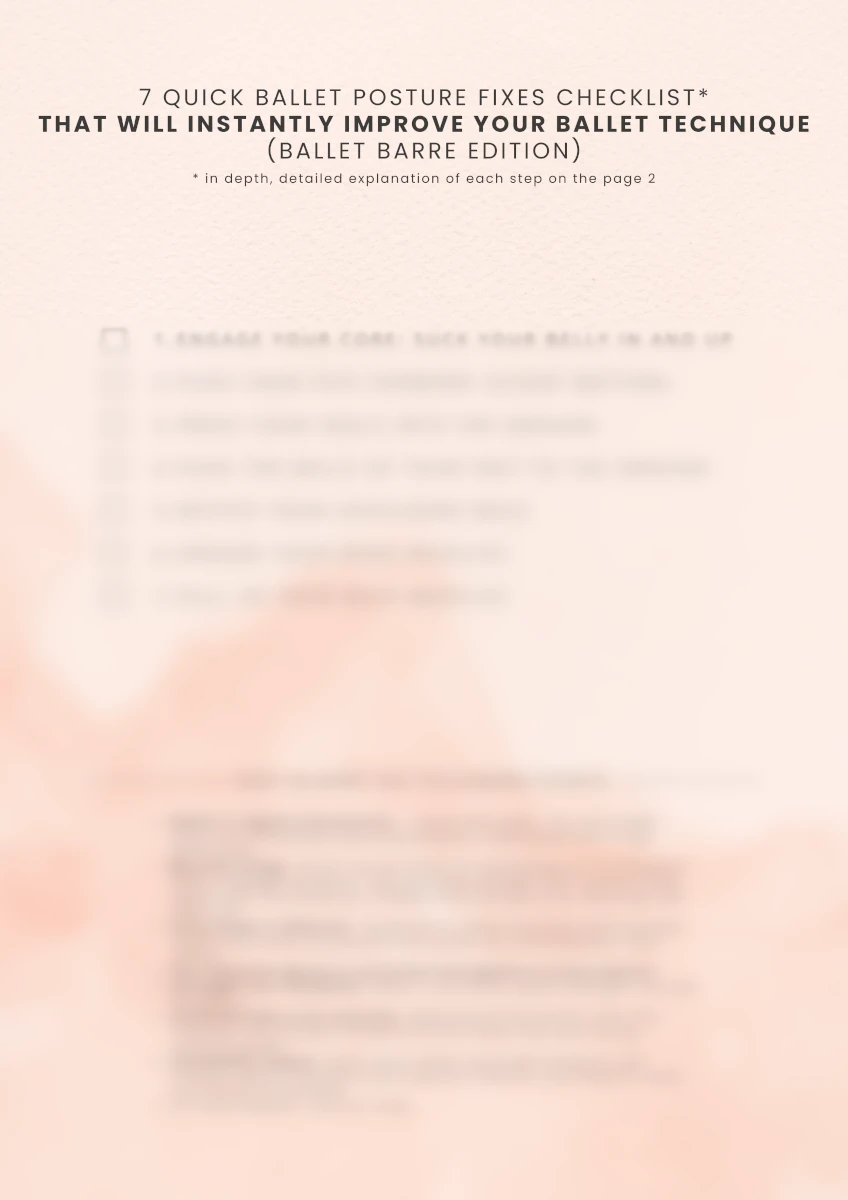


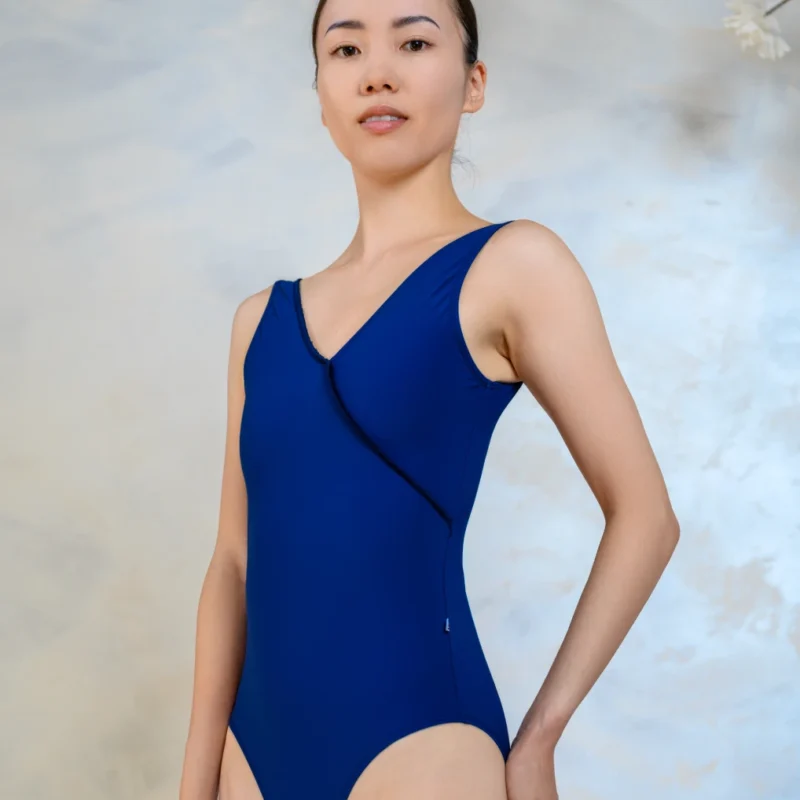
![[JPG REQUIRED FOR FACEBOOK] ArtCasse Premium Quality Ballet Leotards - La Première Coupe - Steel Blue - Front](https://www.artcasse.com/wp-content/uploads/2023/09/P-ST-ArtCasse-LaPremiereCoupe-SteelBlue-Front-800x800.jpg)
